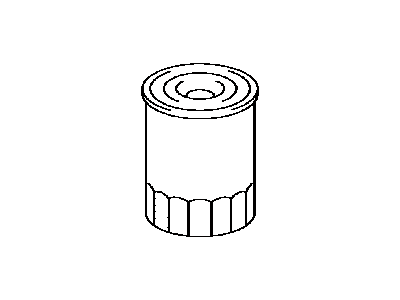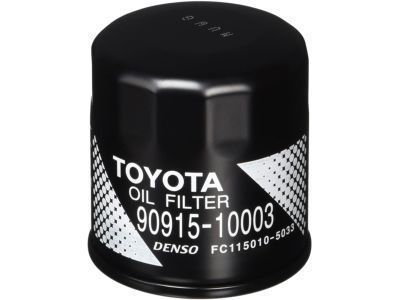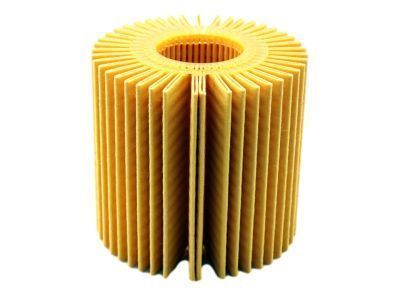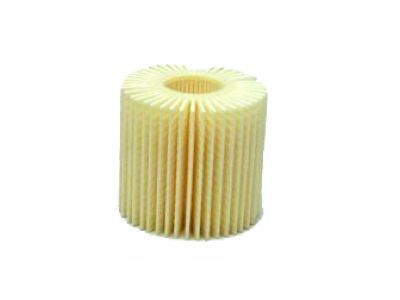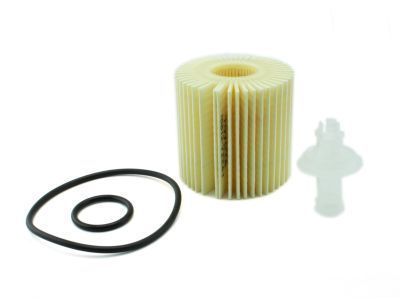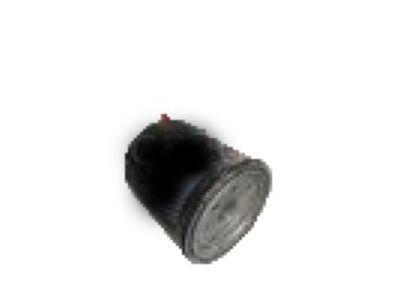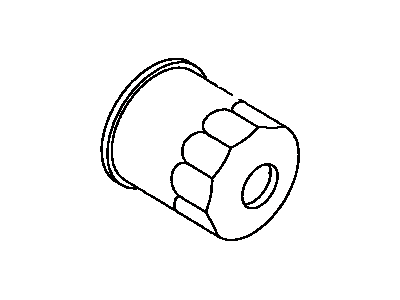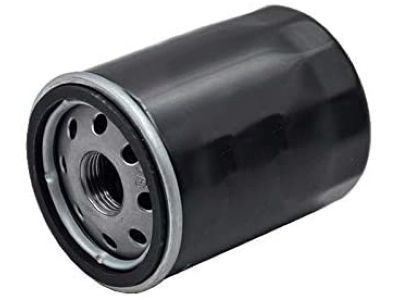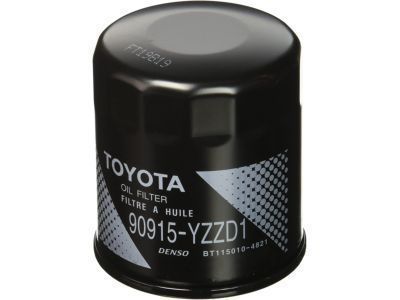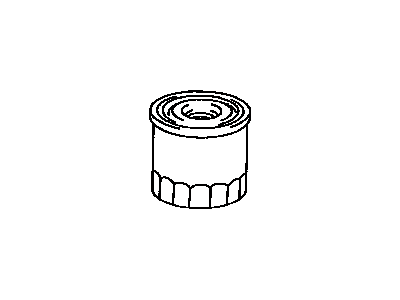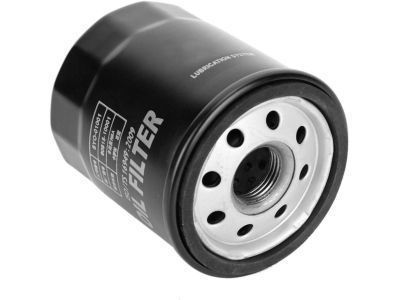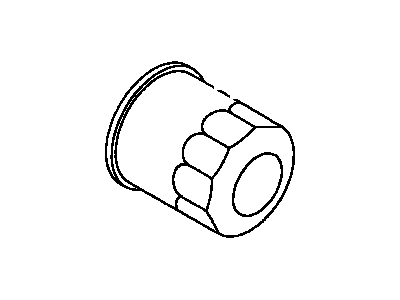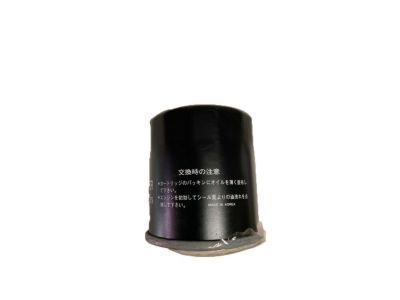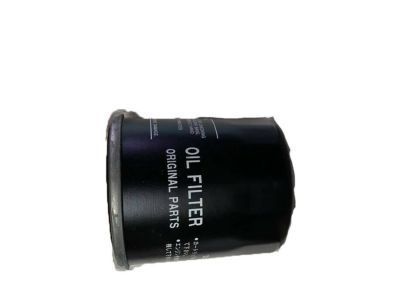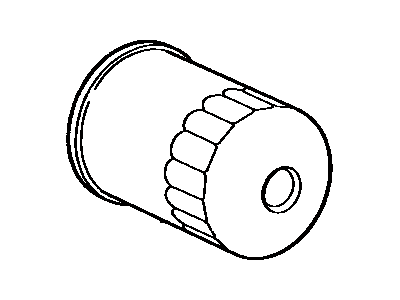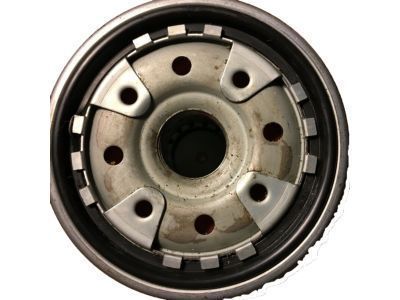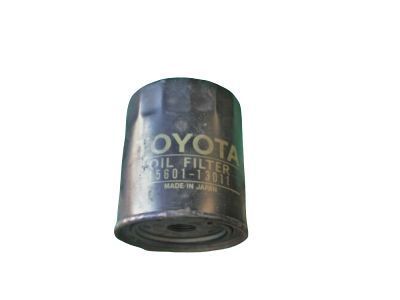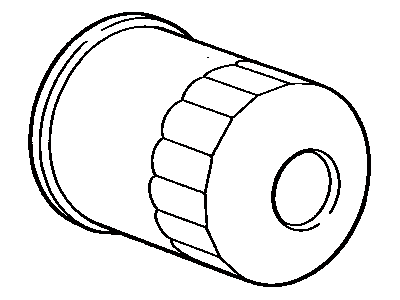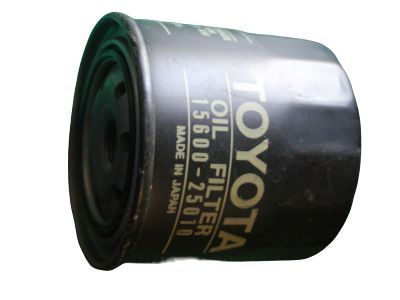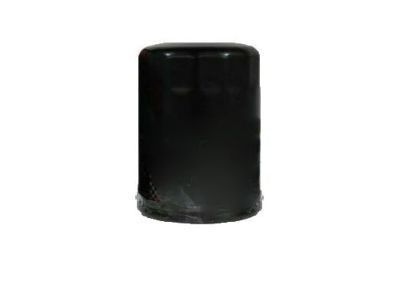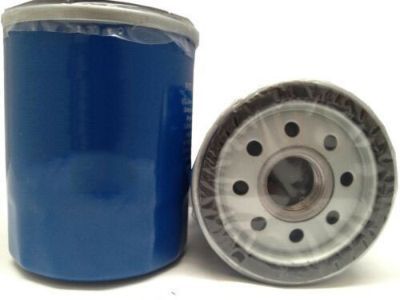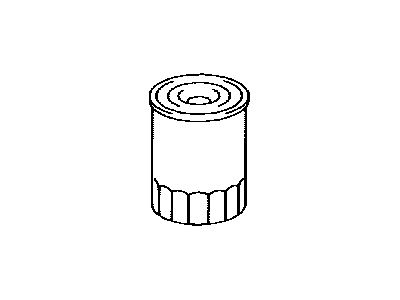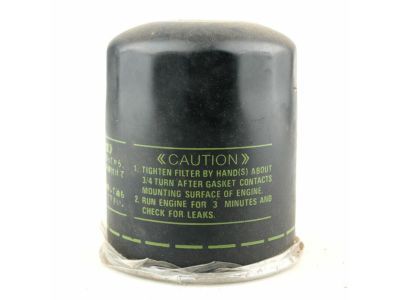

My Garage
My Account
Cart
Genuine Toyota Camry Oil Filter
Engine Oil filter- Select Vehicle by Model
- Select Vehicle by VIN
Select Vehicle by Model
orMake
Model
Year
Select Vehicle by VIN
For the most accurate results, select vehicle by your VIN (Vehicle Identification Number).
17 Oil Filters found
Toyota Camry Filter, Oil
Part Number: 90915-10009$4.25 MSRP: $5.97You Save: $1.72 (29%)Ships in 1-3 Business DaysToyota Camry Filter Sub-Assy, Oil
Part Number: 90915-10003$4.25 MSRP: $5.97You Save: $1.72 (29%)Ships in 1-3 Business DaysToyota Camry Filter Sub-Assy, Oil
Part Number: 90915-20003$4.25 MSRP: $5.97You Save: $1.72 (29%)Ships in 1-3 Business DaysToyota Camry Filter Sub-Assy, Oil
Part Number: 90915-10004$4.25 MSRP: $5.97You Save: $1.72 (29%)Ships in 1-3 Business DaysToyota Camry Filter Sub-Assy, Oil
Part Number: 90915-10001$4.25 MSRP: $5.97You Save: $1.72 (29%)Ships in 1-3 Business DaysToyota Camry Filter Sub-Assy, Oil
Part Number: 90915-03001$4.25 MSRP: $5.97You Save: $1.72 (29%)Ships in 1-3 Business DaysToyota Camry Filter Sub-Assy, Oil
Part Number: 90915-03002$4.25 MSRP: $5.97You Save: $1.72 (29%)Ships in 1-3 Business DaysToyota Camry Filter Sub-Assy, Oil
Part Number: 90080-91058$4.25 MSRP: $5.97You Save: $1.72 (29%)Ships in 1-3 Business DaysToyota Camry Filter Sub-Assy, Oil
Part Number: 15601-13011$4.25 MSRP: $5.97You Save: $1.72 (29%)Ships in 1-2 Business DaysToyota Camry Filter Sub-Assy, Oil
Part Number: 15600-25010$4.25 MSRP: $5.97You Save: $1.72 (29%)Ships in 1-2 Business DaysToyota Camry Filter Sub-Assy, Oil
Part Number: 90080-91210$4.25 MSRP: $5.97You Save: $1.72 (29%)Ships in 1-3 Business DaysToyota Camry Filter Sub-Assy, Oil
Part Number: 90915-TA002$4.25 MSRP: $5.97You Save: $1.72 (29%)Ships in 1-2 Business DaysToyota Camry Filter Sub-Assy, Oil
Part Number: 90080-91034$4.25 MSRP: $5.97You Save: $1.72 (29%)Ships in 1-3 Business DaysToyota Camry Filter Sub-Assy, Oil
Part Number: 15601-13010$4.25 MSRP: $5.97You Save: $1.72 (29%)Ships in 1-3 Business DaysToyota Camry Filter Sub-Assy, Oil
Part Number: 15600-64020$23.44 MSRP: $32.76You Save: $9.32 (29%)Ships in 1-3 Business Days
Toyota Camry Oil Filter
If you are in demand for superior quality and affordable OEM Toyota Camry Oil Filter, then shop with us! We own a wide range of the reduced-priced genuine Toyota Camry Oil Filter. You can purchase in confidence as all parts come with a manufacturer's warranty. Any issues with our products? No need to worry as we have a hassle-free return policy to guide you every step of the way.
Toyota Camry Oil Filter Parts Questions & Experts Answers
- Q: How to perform an Oil Filter and oil change on Toyota Camry?A:Frequent oil changes are the best preventive maintenance for the engine as aging oil becomes diluted and contaminated, leading to premature engine wear. Before starting the procedure, ensure you have all the necessary tools and plenty of rags or newspapers for spills. Park the vehicle on a level spot and let the engine reach its normal operating temperature. Remove the filler cap in the rear cam cover. Raise and secure the vehicle on jack stands. Familiarize yourself with the location of the oil drain plug and place a drain pan underneath. Carefully remove the drain plug, allowing the old oil to drain into the pan. Inspect the old oil for metal shavings and chips. Wipe off the drain plug and clean the area around the opening. Reinstall and tighten the plug. Move the drain pan under the oil filter and loosen it with a filter wrench. Unscrew the filter from the block, ensuring the oil inside doesn't spill out. Wipe off the mounting surface on the block and remove any old gasket residue. Smear engine oil on the rubber gasket of the new filter and screw it into place. Tighten it by hand until the gasket contacts the seating surface, then give it an additional 3/4-turn. Lower the vehicle. Add new oil through the oil filler cap and pour the appropriate amount into the engine. Wait for the oil to drain into the pan and check the level on the dipstick. Start the engine and check for leaks. Recheck the oil level and monitor for leaks during the first few trips after the oil change. Dispose of the old oil at an oil reclamation center. To reset the service reminder light, turn the ignition key to the On position and depress the button to the right of the speedometer until the odometer is displayed. Turn the ignition key to the Off position, depress the button again and hold it, then turn the ignition key to the On position. Hold the button for five seconds until the odometer indicates "000000" and the MAINT REQD light turns off.
Related Toyota Camry Parts
Browse by Year
2024 Oil Filter 2023 Oil Filter 2022 Oil Filter 2021 Oil Filter 2020 Oil Filter 2019 Oil Filter 2018 Oil Filter 2017 Oil Filter 2016 Oil Filter 2015 Oil Filter 2014 Oil Filter 2013 Oil Filter 2012 Oil Filter 2011 Oil Filter 2010 Oil Filter 2009 Oil Filter 2008 Oil Filter 2007 Oil Filter 2006 Oil Filter 2005 Oil Filter 2004 Oil Filter 2003 Oil Filter 2002 Oil Filter 2001 Oil Filter 2000 Oil Filter 1999 Oil Filter 1998 Oil Filter 1997 Oil Filter 1996 Oil Filter 1995 Oil Filter 1994 Oil Filter 1993 Oil Filter 1992 Oil Filter 1991 Oil Filter 1990 Oil Filter 1989 Oil Filter 1988 Oil Filter 1987 Oil Filter 1986 Oil Filter 1985 Oil Filter 1984 Oil Filter 1983 Oil Filter

